Last Updated on January 12, 2024
When Connor MacLeod says “There Can Be Only One” in the original Highlander he had no idea he’d be repeating that line for years. Just when he thinks he has finally made it to be the only one, another immortal seems to pop up, challenging him for that title. How many “ones” can there be? It turns out a lot.
After the problems with making Highlander II and the anemic box office for it, it was decided to completely ignore everything surrounding that film and create a direct sequel to the original film. They dropped any mention of the planet Zeist, ignored that immortals are supposed to be aliens, and reverted the setting to seven years after the first film.
Even under the best of circumstances, films are hard to produce. How does one fare after completely rebooting the franchise? Surprisingly well. The creation of Highlander 3: The Final Dimension is far from perfect, but after the debacle of creating the second film, surely nothing crazy could happen the third time out? Let’s find out here on WTF Happened To This Movie?
One idea that was thrown around was actually to make this film a prequel to the original film. An interesting idea for a film franchise known for jumping around in time. It would show Connor arriving in New York to prepare for the upcoming Gathering. This was eventually pushed aside for a straight-up sequel, although what that story would be wasn’t decided upon until a few re-writes.
The original script was different from what we would end up with theatrically. The flashbacks were originally going to occur in 17th-century Scotland and 18th-century England. MacLeod had gained another mentor after the death of Ramirez. Cavanagh would help train MacLeod to become an even better swordsman and teach him about the Gathering.
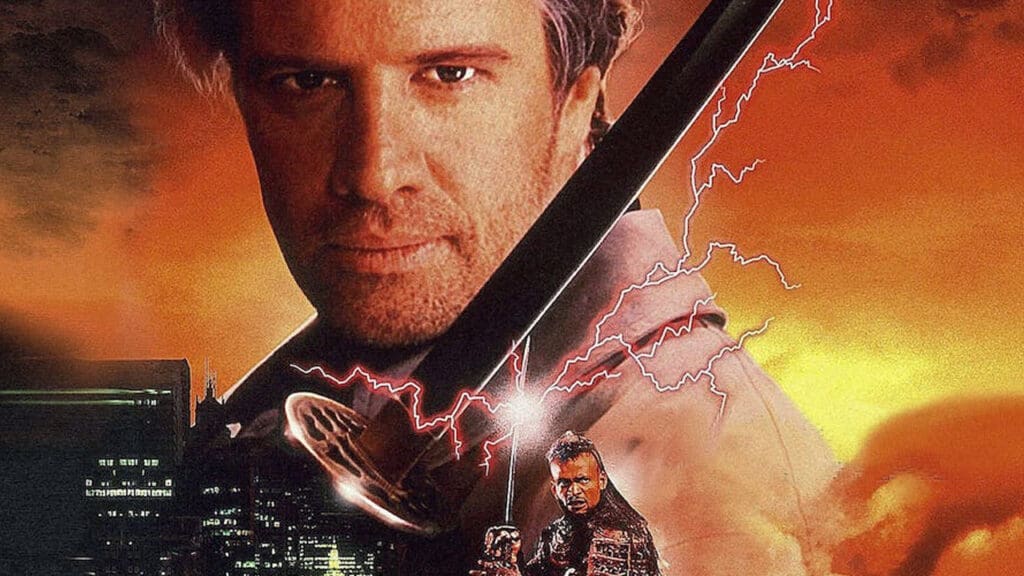
The main villain was named Kilvera, and Connor faced him in multiple time periods. Throughout the film, we see what happened to Connor between burying his original wife Heather and his arrival in New York in the first film. One of the fun scenes set in England would have shown a face-off between MacLeod and Jack The Ripper. It turns out that the most infamous serial killer in history was, in fact, an immortal.
We also would have seen the return of the characters of Rachel Ellenstein and Detective Bedsoe from the original film. This would have helped create a direct connection to the original film, which the second film didn’t have. The idea may have been to help erase the second film completely from the audience’s mind. We’ll never know, though, because this script was ultimately scrapped in favour of the film we would see in the theatre.
In Highlander: The Final Dimension we catch up with Connor just as he has buried his first wife Heather. He travels to Japan to train with an immortal named Nakano. A friend of Ramirez he promises to teach MacLeod the magic of illusion and train him to use the katana sword.
During their training, Nakano warns Connor of an immortal called Kane. He is travelling across Asia with two other immortal henchmen. Before long, Kane finds his way to the cave, Nakano and MacLeod are training in. He beheads Nakano and steals his powers of illusion. As Connor escapes Nakano’s energy from the quickening collapses the cave and traps Kane inside.
We move to the present day where an archeologist is excavating Nakano’s cave and accidentally frees Kane. He decides to find Connor and get revenge for the centuries he has spent trapped underground. Connor senses Kane’s presence and returns to New York City. He fights one of Kane’s newly released henchmen and it is reinvigorated with the quickening. When Kane threatens Connor’s adopted son the two face off for a final showdown to finally once again for real this time determine who will win the Gathering.
The producers decided to go back to the idea that had worked well for them in the first film and hire a music video director. This time around they brought in Andy Morahan who made a name for himself directing the Guns N’ Roses videos including the T2 tie-in You Could Be Mine.
When it came time to cast the film, Christopher Lambert had a suggestion for the production. The year before, he had been in the movie Gunmen with Mario Van Peebles. He had such a great time working with the actor that he wanted him to play the villain, Kane. Peebles loved the idea and accepted it right away. One person who was not excited to see Peebles join the production was not someone you might think.
Since the director had such a close relationship with Guns N’ Roses, he approached them about doing the soundtrack just as Queen had done for the first film. According to Morahan, they were excited to do it, but it all fell apart when Axl Rose learned Mario Van Peebles was part of the cast. He agreed to do it if Peebles was replaced. It was an odd request, and the production team decided against it. What problem Axl Rose had with Peebles has never been revealed.
If that were Van Peebles’s biggest problem in the film, it would have been a good shoot, but something else strange happened. While the crew was filming in Montreal (standing in for New York – poorly), two local men were hired for a scene where the newly awakened Kane gets robbed in an alleyway. The two men were in with the local punk scene and had mohawks. It was thought they would add some fun visual flair to the scene. They were paid a small fee and brought to set. The two men were later seen taking drugs on set, and crew members overheard them plotting to kidnap Van Peebles by stealing the make-up RV with him in it. The scene was cut, and the men were escorted off set by security.
It would turn out good for the production to have Van Peebles in the film. He would cause Christopher Lambert to give his all during all the fight scenes. Some of the moves done between the two actors, such as headbutts, punches, and elbowing, were improvised while filming. The director speculated that they were trying to outdo each other, which worked great for the characters.
Lambert would also cause the script to be heavily rewritten during filming. He would insist that he did not have enough dialogue. The director would try to convince Lambert that if the character talked too much in the film, it would take away from the character’s mystique.
Lambert would end up counting the total number of words in the entire script and say that he needed more. This caused new lines to be added and new scenes to be shot. Also a cause of frustration for Lambert was his pay. At one point he would walk off the film due to a pay dispute. He would eventually be talked into returning to the film.
Some of the shooting on location would also tend to be problematic. While shooting the scene where Connor practices with his sword near his desert compound sand would keep getting inside the camera damaging the film stock. The scene would have to be reshot.
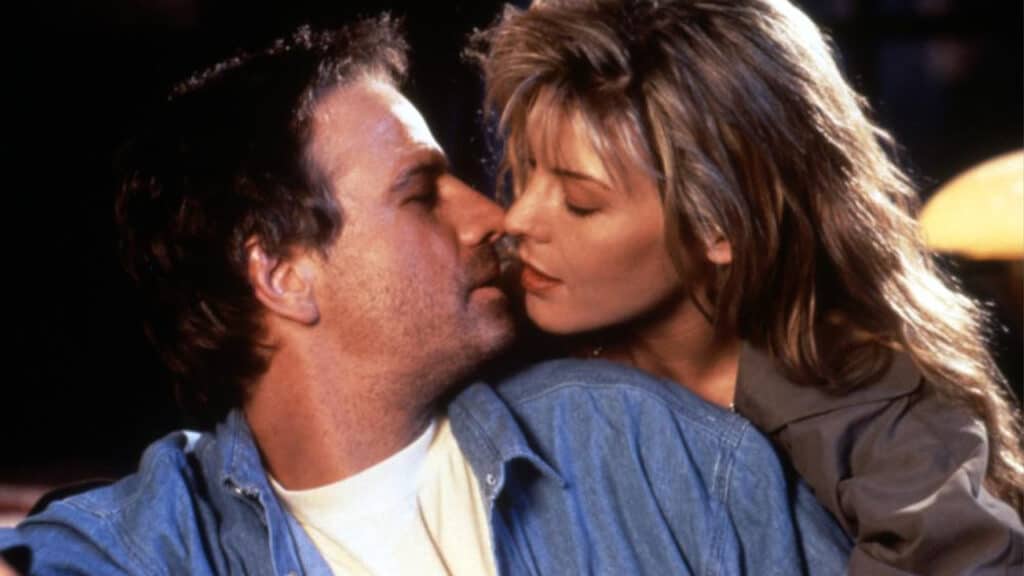
One thing the producers wanted to include in the film was references to the Highlander TV series. Even though Connor had appeared in the first episode to hand off the lead role to Adrian Paul as the character Duncan MacLeod the TV series seemed to have a different continuity. Connor was no longer the only immortal, and Duncan encountered a new foe in every episode. With these connections, it would link both properties together. Duncan MacLeod would appear in the fourth film, Highlander: Endgame, and star in a TV film of his own.
The film would be released in theaters on January 25, 1995. It would end up being rated PG-13 after a few sex scenes had been cut and the violence had been toned down. On home video, it would receive a special Director’s Cut that was Rated R. The sex scenes were added back in, and the trimmed-down violence was reinstated. Most notably, Kane’s head rolling off his body when he was decapitated.
For some foreign markets, the title was changed to Highlander 3: The Sorcerer, even in Canada, and the film was released in its original R-rated version. One thing that this film can claim out of the entire Highlander franchise is that it made more money at the box office than its budget. As much as Highlander had embedded itself into pop culture, the series has never done well in theaters except for this entry.
When asked about his time on the film director Andy Morahan said he considered the film equal to the first film but ultimately felt unfulfilled with the result. He expressed that he was beaten up by the experience as the producers and lead actor had compromised his vision for the film through their constant changes during production.
Fans of the Highlander series would ultimately enjoy the return to the lore set in place by the first film. Completely ignoring the second film seemed to be a good approach and it was evident from the theatrical turnout. Sometimes you can go back and rewrite your own history. Whether that is as an immortal that decapitates other immortals to gain all the knowledge in the universe or just to ignore a dystopian future with no ozone layer that no one really wanted. Might as well make it a future that is a little brighter.


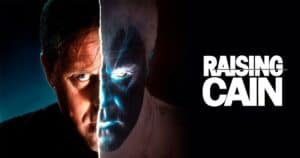
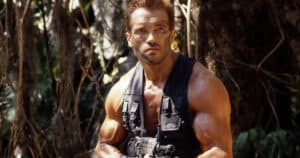
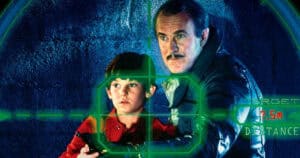

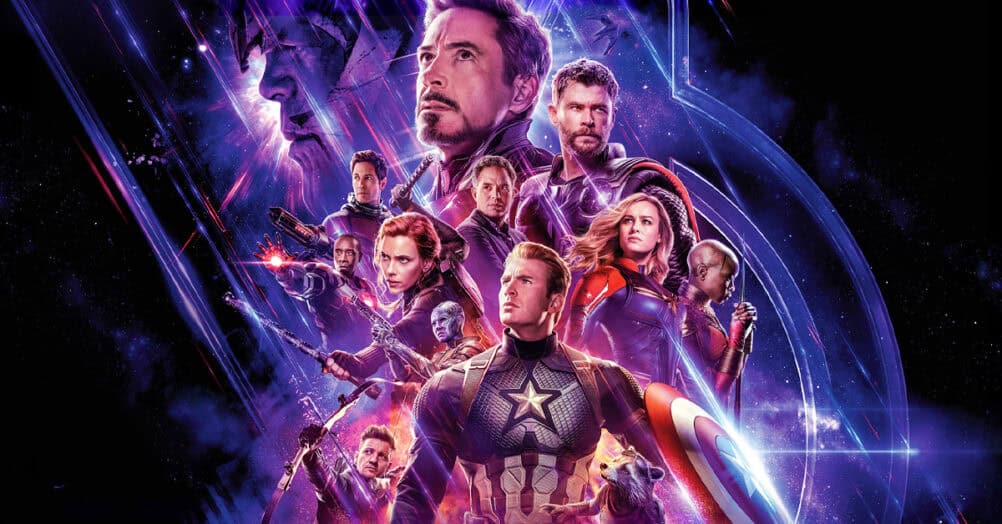
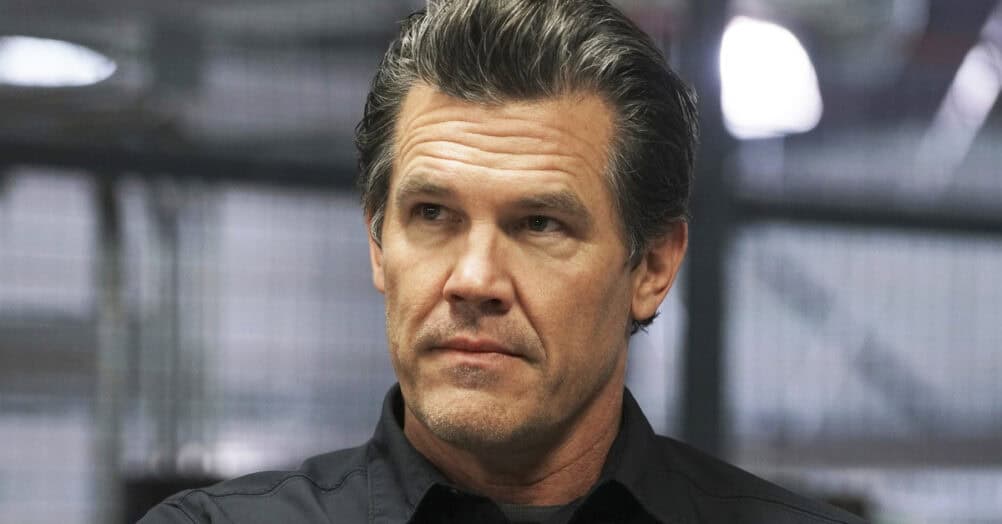
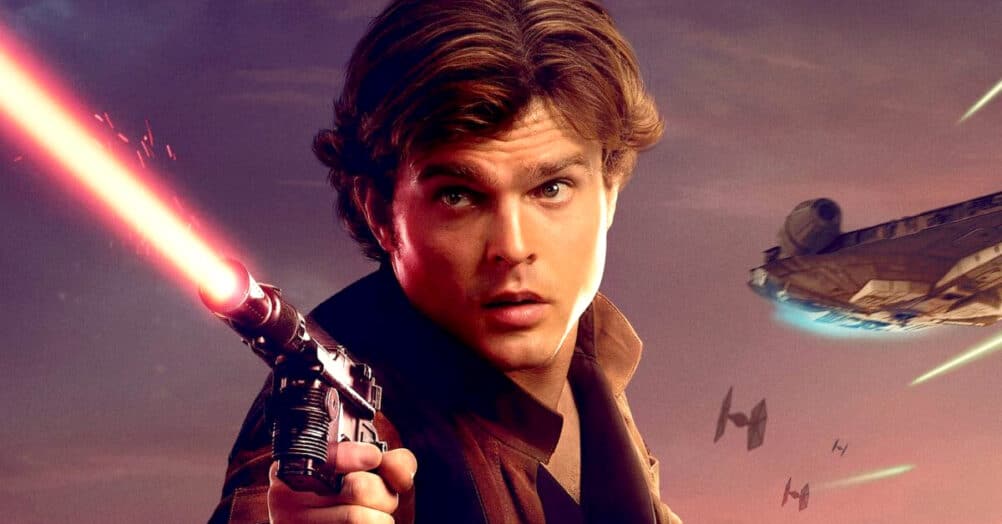
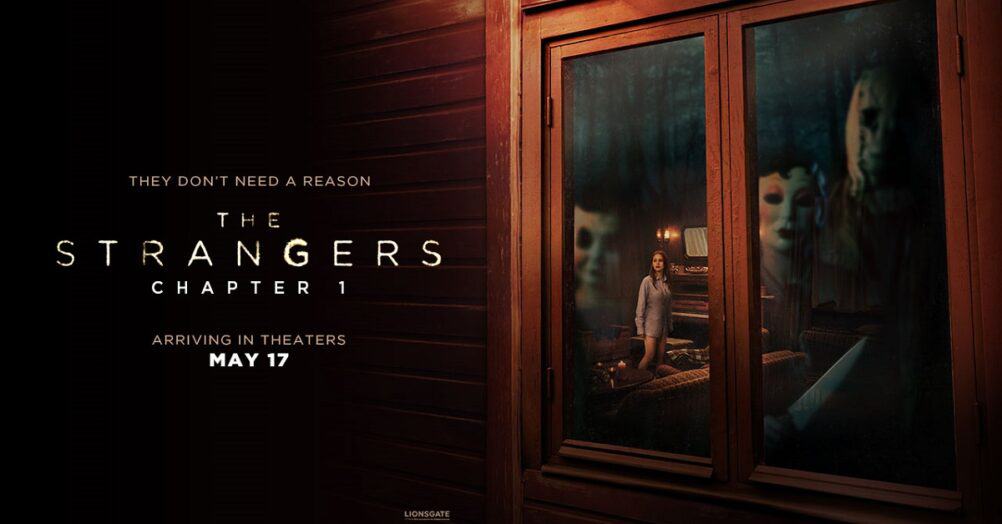

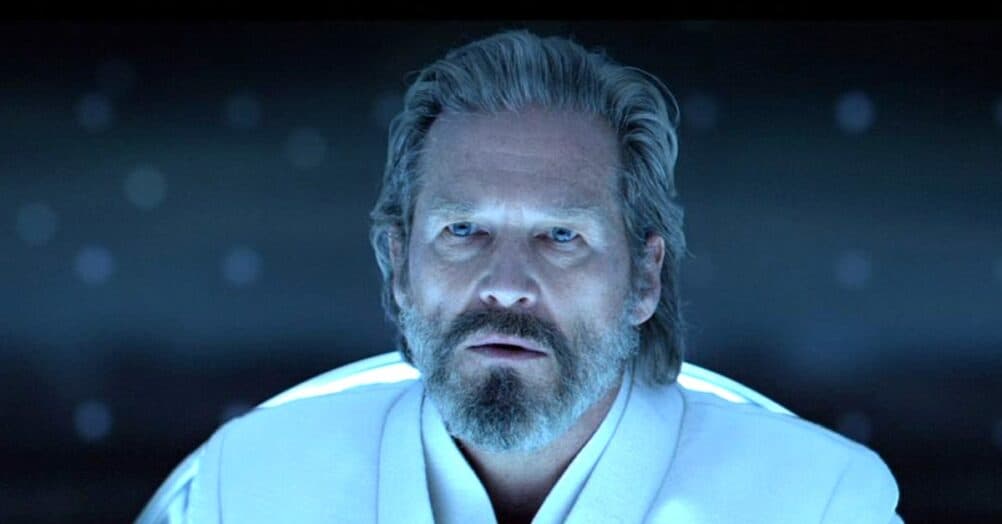
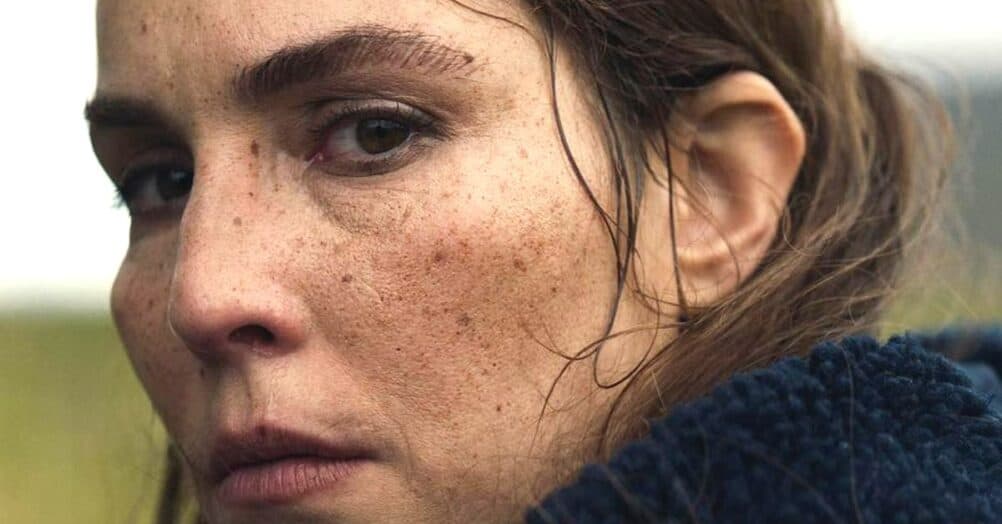
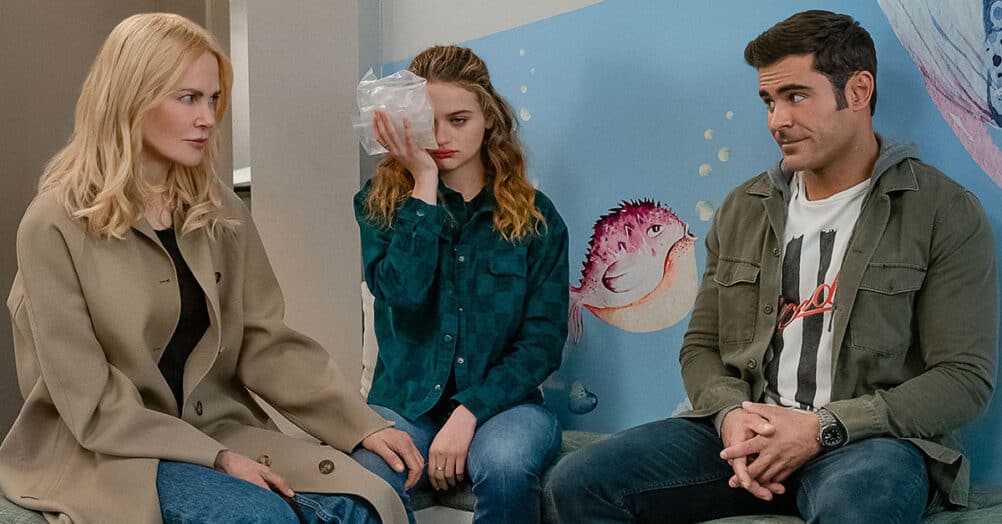
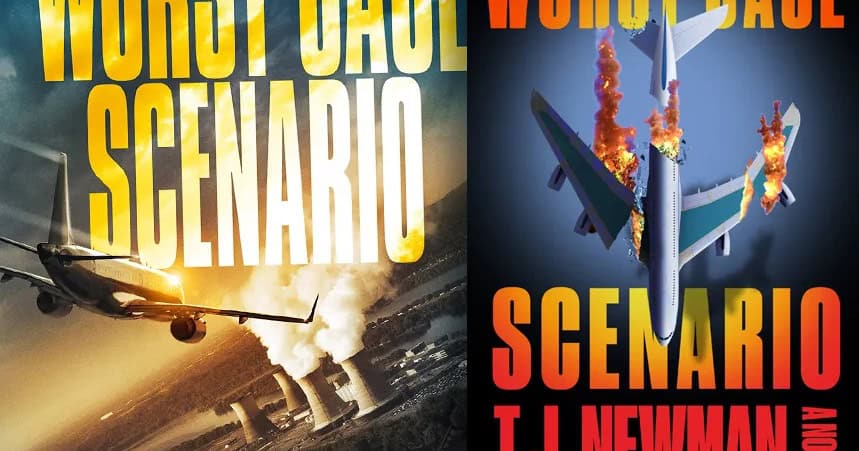
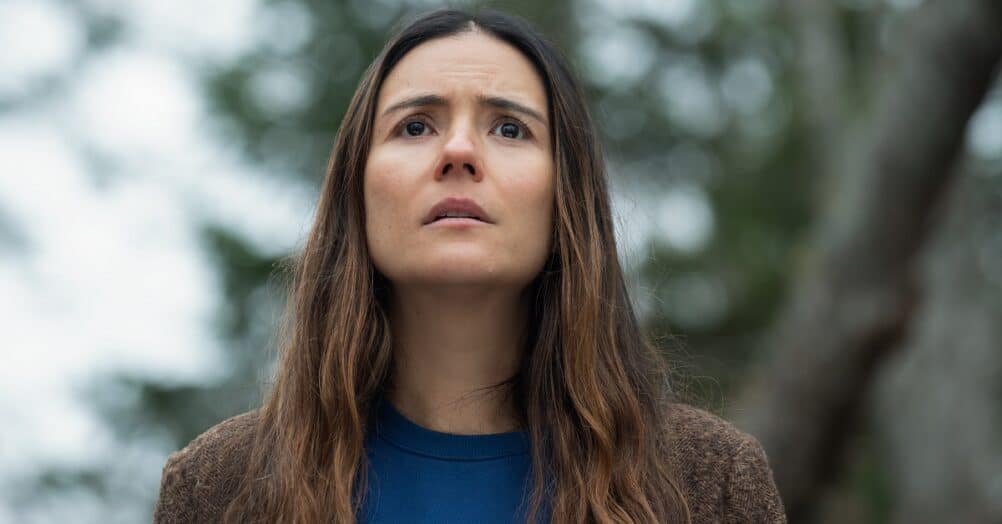
Follow the JOBLO MOVIE NETWORK
Follow us on YOUTUBE
Follow ARROW IN THE HEAD
Follow AITH on YOUTUBE